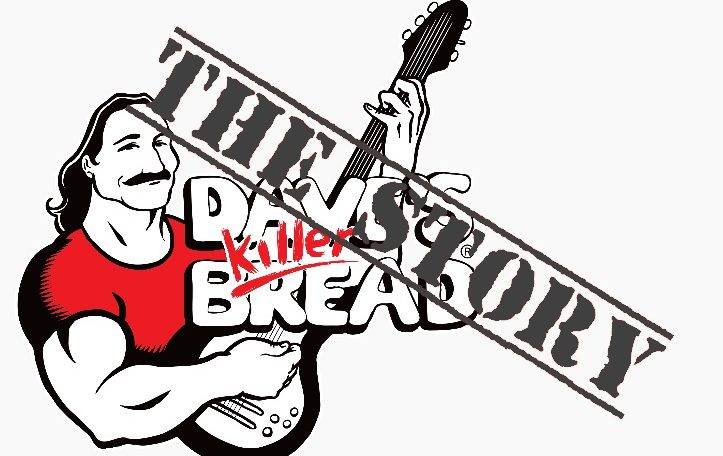When I mention Dave’s Killer Bread, few people know what company I’m talking about, but those who do respond with an almost cult-like affection. If you’re not familiar with it, Dave’s Killer Bread is the reincarnation of a decades-old family bakery out of Portland that has seen a meteoric rise in profits, fame and opportunity, mostly thanks to the introduction of Dave Dahl.
The Man, the Myth
I won’t get too deep into Dahl’s story, as there are dozens of media outlets that have already covered his tale of redemption (and recent fall from grace), but the gist of it is that he’s a complicated man who’s still struggling with his past demons. He had a troubled past that included several jail sentences, during which he finally saw the light and turned his life around. It’s at this time that he was offered a job at the family bakery. The result was Dave’s Killer Bread, one of the most exciting things to hit the bread market since, well, sliced bread. Sorry, I couldn’t help it.
But I’m not here to discuss his story, per se. Rather, I want to discuss the use of his story as it pertains to making effective use of writing in marketing.
Using Stories on Your Product Labels
In an age of short attention spans and a focus on using shiny or moving things to attract customers (images, video), it may come as a surprise that written content is still one of the most effective tools at a marketer’s disposal. Surveys and experts alike all point to the same thing: video is getting bigger, and content is still the cornerstone. So the marketers behind Dave’s Killer Bread asked themselves, why not use content on our labels as well?
Because the company’s target market revolves around the organic-loving, good-for-you food-seeking types, it gambled on Dahl’s story. On each product, Dahl’s road to redemption is proudly written out for all to read, no doubt immediately appealing to those who enjoy supporting others who have proven they want to make a turnaround in their lives — which accounts for practically anyone. People love a good story, and Dahl’s entices them into believing that by buying the bread they’re helping to support his recovery and a good cause of some sort, be it a reward to Dahl for his commitment or to support the company’s employees, 30 percent of whom are also past convicts who are now looking to turn their lives around. Whatever their reasoning, consumers have helped make Dave’s Killer Bread one of the fastest growing companies in the United States. From 2005 to 2012, sales rose from $3 million to $53 million, mostly thanks to just sales made in Washington and Oregon. Mind you, this is a company that’s been around for decades.
Using Stories on Your Product Labels
So is it Dave’s story that did the trick? I have no doubt that it, combined with a fantastic loaf of bread, was the cause of this success. To be fair, writing origin stories and the like on product labels is nothing new, but it certainly isn’t utilized to its full potential. Most products rely on heavy use of imagery and color to get a client’s attention. The primary reason for this is that most consumers make their purchasing decisions out of habit or on the fly due to packaging. Just ask our friends over at SmashBrand just how important packaging can be in the sales process.
But the label can be a show stopper thanks to the content as well, if done right, and Dave’s Killer Bread is an example of this. Consumers buy into lifestyles, and if you can make them feel a certain way about their purchase, they’ll be all in. Apple makes people feel like they’re a part of the in-crowd, and the big three German auto brands bestow an “I made it” feeling to their buyers. Dave’s Killer Bread uses storytelling to make people feel good about buying the company’s bread, and consumers are typically first introduced to Dahl’s story via the label.
Marketing and advertising is tricky. Just when you think you know what works and what doesn’t you’re proven wrong (just try making a viral video). But storytelling is powerful, regardless if it’s on a label, website or in a 140-character tweet. What stories do you or your company have that can really hit home with your target market? If it makes for a good tale when networking with others, chances are your target market will want to hear it, too. Leverage it to get unprecedented results in your marketing and you’ll have yet another story to tell.




